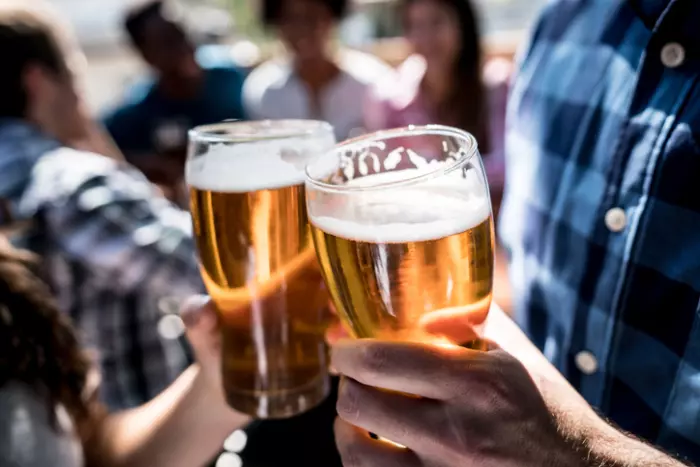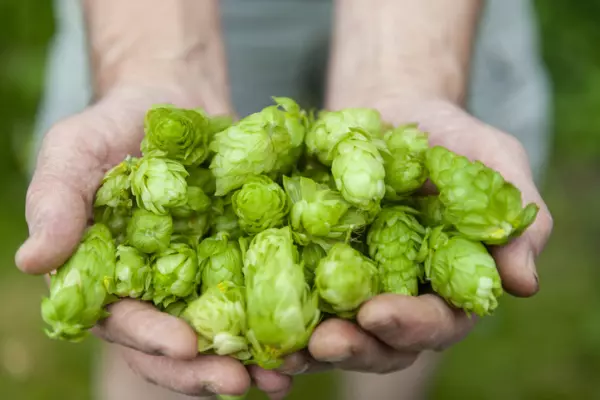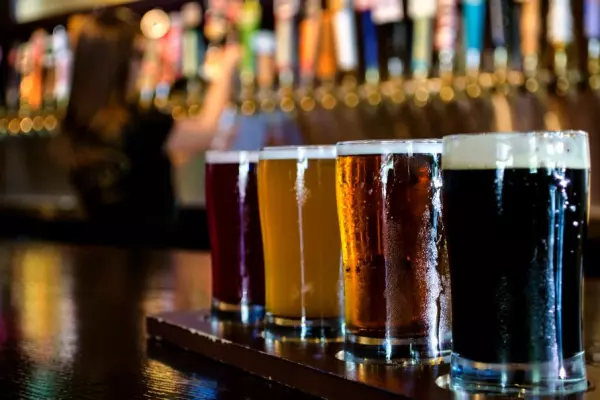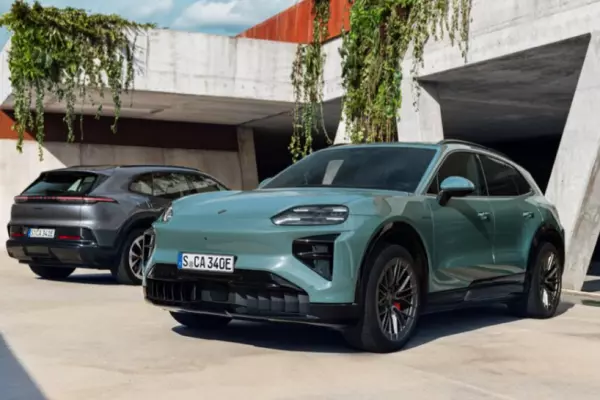The phenomenal growth in New Zealand’s craft-beer scene over the past decade and the associated increase in knowledge and inventiveness are reflected in some exciting new releases this spring.
Living beer
Home brewers are familiar with the concept of bottle-conditioning beer – adding a little sugar to uncarbonated beer and capping the bottle to allow fermentation to continue in a sealed container, thus producing carbon dioxide to make the drink fizzy.
Bottle-conditioning has gone out of vogue with most major breweries as there is a risk that if the beer is stored at ambient temperature for too long, it might gush on opening.
The idea of can-conditioning beer is even less appealing to brewers because cans cannot handle the same pressure as bottles, so it’s a delicate challenge to have active yeast inside a can.
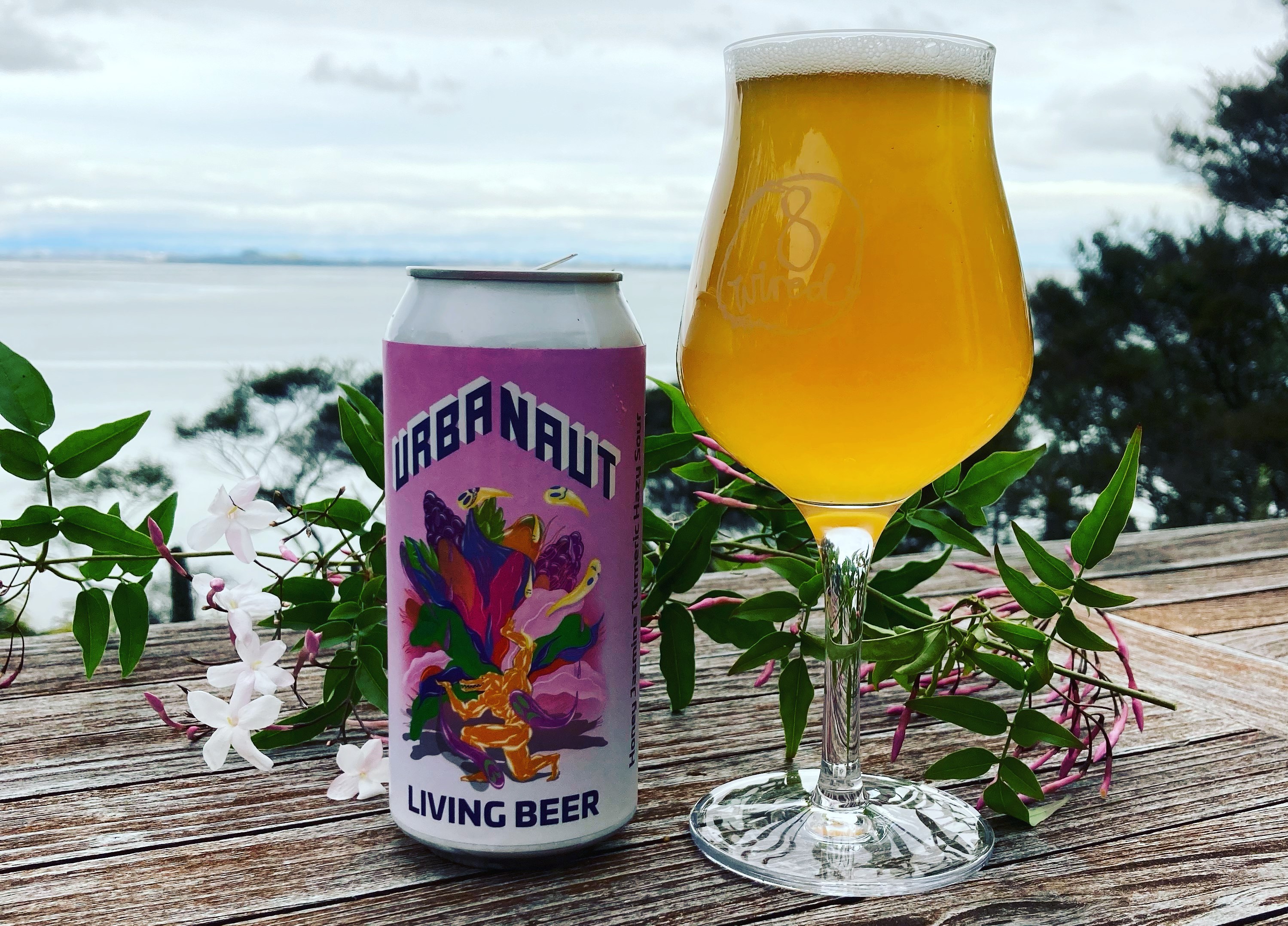 Urbanaut's Living Beer hazy sour in turmeric, honey and jasmine. Photo: Michael Donaldson.
Urbanaut's Living Beer hazy sour in turmeric, honey and jasmine. Photo: Michael Donaldson. The brewers at Urbanaut in Kingsland, Auckland, were among the first to try the technique when they canned some beer for nearby brewpub Galbraith’s a few years ago. Having a can-conditioned beer is a bit like cask ale, or real ale (which Galbraith’s specialise in), in that the drink is served from the same container it was fermented in.
Using the lessons learned back then, Urbanaut have started producing a series of can-conditioned beers under the tag “Living Beer” — and they are quite special.
The most recent release is a turmeric, jasmine and honey hazy sour – and if that sounds like the coming-together of a whole lot of trends, you’re right. The beer is delicate and perfectly balanced, with none of the flavours dominating. It’s way more than the sum of its parts – it’s a delightful drop.
’Tis the saison
In the same vein, North End in Waikanae, on the Kāpiti Coast, has applied the can-conditioning process to a trio of saisons.
Saison is a style you will see more of in coming months as brewers explore the complex and perfumed yeast character of these beers, also sometimes known as farmhouse ales, or if you’re in France, Bière de Garde (“beer for keeping”).
The heart of this beer style is using what’s at hand in terms of grains to reflect a locale. North End’s trio features a hopped saison, Bines That Bind Us, one fermented with pear juice from a local orchard, Lost Orchard, and another made more bitter with botanicals, Secret Garden.
Barrel-aged blends
Just released by 8 Wired, at Warkworth, north of Auckland, is another style of beer that we will see more of in coming years as an increasing number of breweries barrel-age beer and then blend different vintages. In Belgium, a blend of spontaneously fermented beers is called gueuze (goozz).
Because breweries need to invest time and space in barrel-ageing a series of vintages to create this style, we haven’t seen too many on the shelves in New Zealand. Oamaru’s Craftwork have released Un Deux Trois, a blend of one-, two- and three-year-old beers, and Garage Project also have a three-year-old blend, Chance, Luck & Magic. But nobody has created anything like 8 Wired’s Oude Imperiale. An 8.5% sour ale, it’s a blend of beers that are four, six and eight years old. It’s acidic and funky but also has a smooth underlying sherry note that ties it all together. It really is something special.
Zero ABV
At the complete opposite end of the drinking spectrum is the All Day Non-Alcoholic IPA (India pale ale) from Auckland’s Bach Brewing. It’s the first New Zealand brewery to get a non-alcoholic IPA in a packaged format and there was a lot of speculation beforehand as to whether a small Kiwi craft brewery could deliver the goods. But let me say, as someone who tried a lot of international 0% beers during Dry July, that it’s world class.
Its great aroma – courtesy of Citra, Mosaic and Nectaron hops – punches out of the glass like a typical IPA and it stays right to the finish. The body, of course, is as light as water, but that’s to be expected, and there’s enough there to keep you interested.
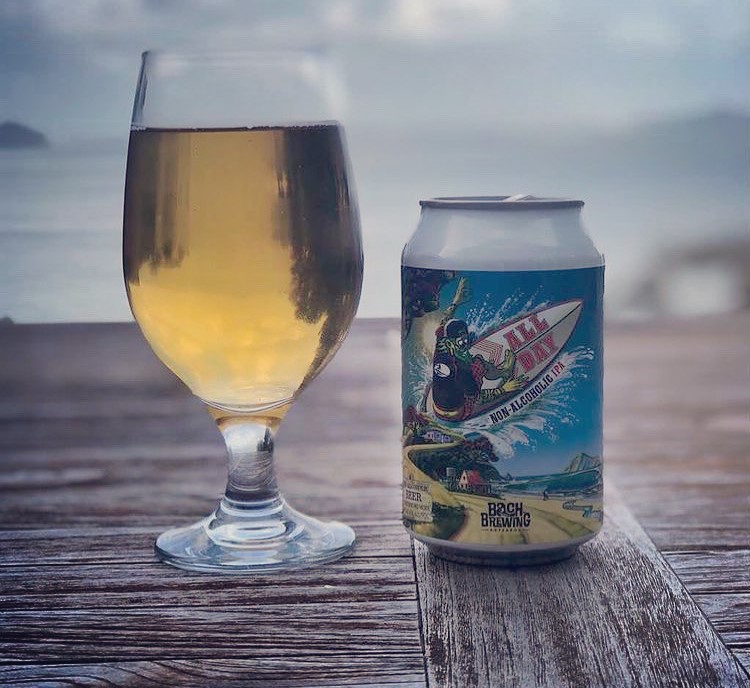 Bach Brewings' All Day Non-Alcoholic IPA. Photo: Michael Donaldson.
Bach Brewings' All Day Non-Alcoholic IPA. Photo: Michael Donaldson.
With a flavour that just keeps giving all the way to the finish, it’s like drinking hop-juice. There’s none of that awful unfermented character that a lot of 0% beers have.
They say you can best judge a brewer by their low-alcohol beers. If that’s the case then Bach and the team at Steam Brewing in Ōtāhuhu, Auckland, where it was made, are world-class.
Watch out for zero ABV releases from Garage Project and Sawmill in coming weeks.
Regional power
New to the wider world are beers from the brewery rated New Zealand’s best on the social media review site Untappd.
Derelict in North Canterbury have developed a cult following and have been No 1 on Untappd for around 18 months. For a long time, their beers were hard to find in packaged form, and harder still outside the South Island. The few available to retailers would sell out in a flash.
But Derelict have recently launched an online store and you can get these beauties home-delivered. I don’t think I’ve experienced a series of beers from a brewery that pack in as much flavour as Derelict’s. They’re absolutely chock-full of character, mouthfeel and flavour.
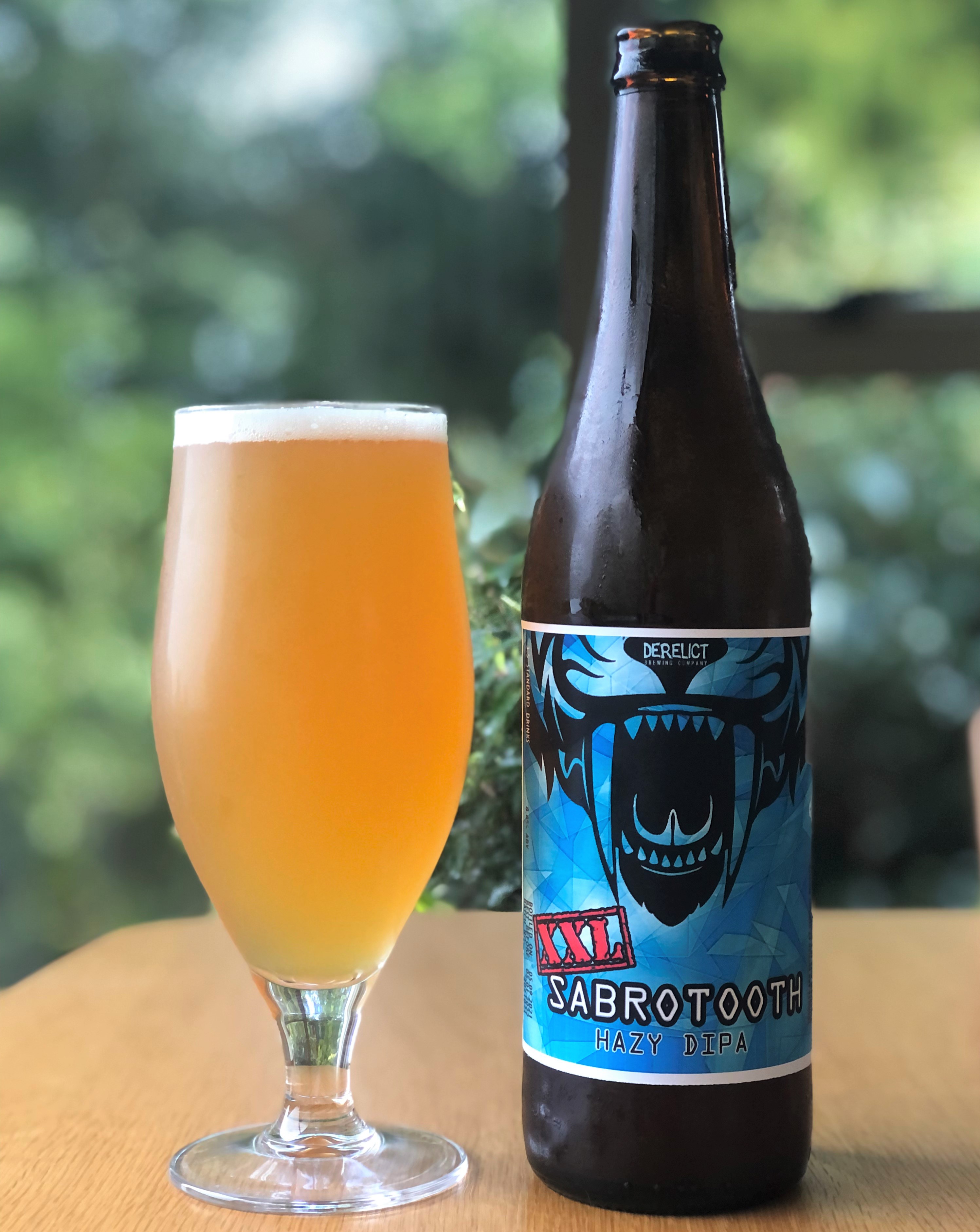 Derelict's Sabrotooth hazy double IPA. Photo: Michael Donaldson.
Derelict's Sabrotooth hazy double IPA. Photo: Michael Donaldson.
If anything, their signature beer is Sabrotooth, a hazy Double IPA made with a relatively new hop called Sabro, which delivers a nice coconut hit.
And staying in the South Island, I really like what’s coming out of Ground Up in Wānaka. Their Crux Pilsner is a newish take on Pilsner: while most Kiwi breweries use New Zealand hops to create a really fruit-driven, slightly sweet-over-bitter Pilsner experience, Ground Up have used American hops in their version, which completely changes the experience. But it’s also completely delicious.
These regional pockets – including breweries such Brave in Hastings, Emporium in Kaikōura and Sunshine in Gisborne, to name a few – are a growing strength in the New Zealand brewing scene.
Follow Michael @hoppiness.co.nz


